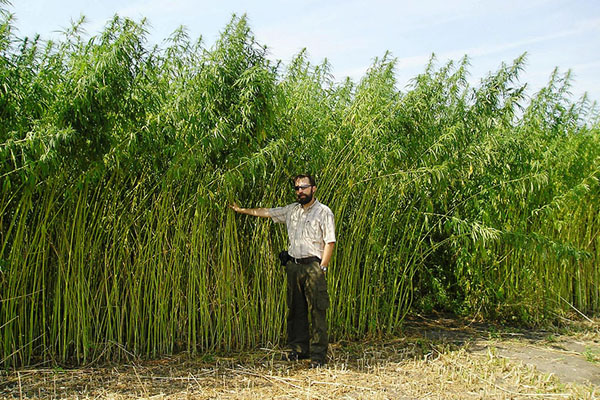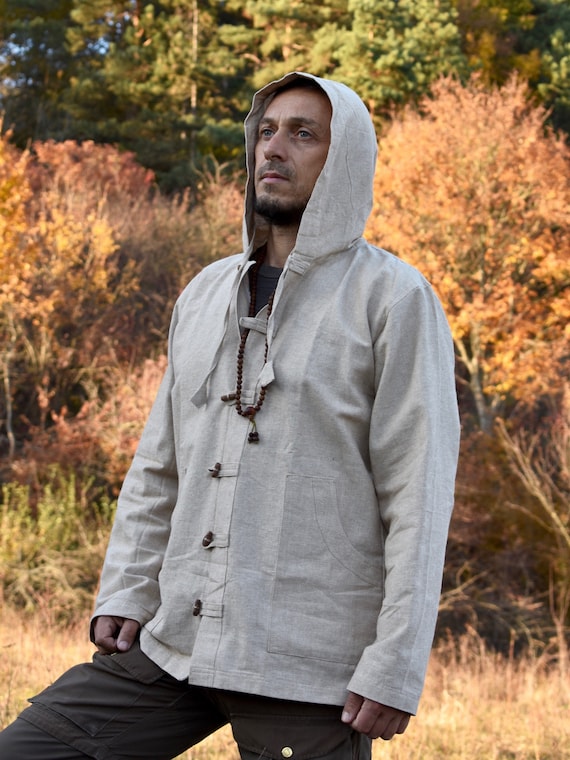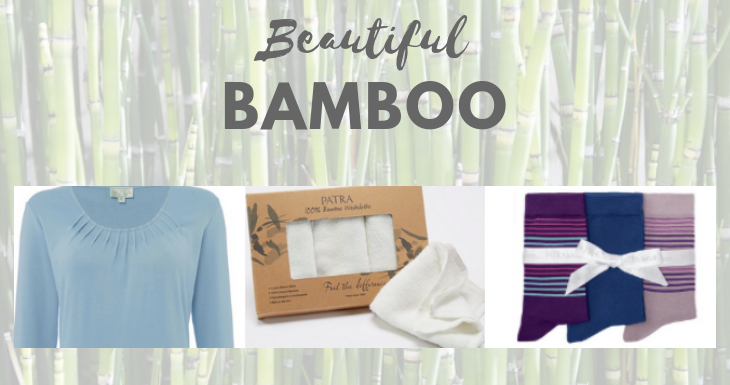Great Advice To Deciding On Bamboo Clothes
Wiki Article
How Do You Know If Hemp A Sustainable Crop With Respect To The Use Of Water, Pesticides And Herbicides Compared With Cotton?
Hemp is considered a sustainable crop if you compare it to cotton with regard to water use, pesticides and herbicides for several reasons- Water Usage-
Hemp Hemp requires relatively less irrigation than other crops like cotton. It is thought to be a drought-resistant plant that thrives without much irrigation. In many regions, hemp can be grown with rainwater only. This is why it is a good choice for water use.
Cotton- Conventional textiles are known for their heavy water use. Cotton farming is typically heavily irrigated, which could reduce the water resources of the area and lead to water scarcity. Cotton farming has been criticised due to its high water use.
Herbicides are pesticides.
Hemp - Hemp's natural resistance to a variety of pests, diseases and weeds minimizes the need for synthetic pesticides. Certain hemp crops may require pest control measures. However, the overall use of chemical inputs in various crops is less like cotton. Hemp cultivation organically can be free of pesticides.
Cotton - The standard cotton farming industry is heavily dependent on synthetic herbicides and insecticides in order to manage pests. The use of these chemicals could have adverse effects on the natural environment, including contamination of the soil and water. They can also cause harm to non-targeted species, and can lead to pesticide-resistant pests.
In conclusion hemp is more sustainable than cotton, with respect to pesticides, herbicides, water use and irrigation.
Hemp is a crop that requires less water than most other crops. It can also be grown without irrigation or rainfall.
Hemp has a natural resistance against a variety of pests.
Hemp production is less dependent on synthetic pesticides as compared to cotton.
Nevertheless, it is important to know that sustainable and eco-friendly methods may differ among farmers and across different regions. In addition, organic cultivation techniques can also increase the sustainability of hemp and cotton as they decrease the use of synthetic chemicals as well as improve soil health. Concerning the environmental impact on clothing and textiles choosing organic and sustainably made fibers can minimize the environmental footprint. Have a look at the most popular hemp clothing advice for website examples including hemp wear, hemp golf shirts, hemp polo shirts, hemp denim, hemp mens jeans, wholesale hemp fabric, hemp swimsuit, hemp shirts mens, organic hemp hoodie, jungmaven clothing and more.

What Is It That Gives Hemp Fibers Breathable And Moisture-Wicking Properties, As Well As Thermoregulatory?
Hemp has distinct chemical and structural characteristics that make it breathable, thermoregulating, moist-wicking, and wicking characteristics. These characteristics are the result of a variety of elements. Microscopic structure- Hemp fibers possess pore-like, hollow structures that allow air to circulate within the fibers. The porosity inherent in hemp makes it extremely air-tight. When woven into fabric, the structure allows air through. This encourages circulation and stops the build-up of heat and moisture on the skin.
Hemp fibers have a great affinity to water and they are able to easily absorb moisture. They are able to are able to absorb sweat and moisture from your skin when you wear hemp clothing. This prevents a feeling of dampness. The hemp fibers are also effective at dispersing moisture from the body and allows it to evaporate more quickly. The properties of hemp that wick moisture away make you feel dry and comfortable during exercises or exercising in hot weather.
Hemp fibers possess natural properties for thermal regulation. They can trap warmth near to the skin when it is cold. In the summer, they allow excess heat and moisture go away and help you to cool down. The inherent thermoregulatory properties of hemp clothing make hemp clothing ideal for a range of temperatures.
Hemp fibers contain natural antimicrobial properties that prevent the growth of odor-causing bacteria. This property contributes to the freshness of hemp clothes even when it is worn when exercising.
Hemp fibers can be durable and long lasting So hemp clothing won't get stale. The durability of hemp clothing can extend its lifespan, reducing the requirement to replace it and the negative impact on the environment.
UV Protection Hemp fibers shield the skin against harmful ultraviolet radiation. The hemp's UV blocking capability is ideal for outdoor activities.
It is important to remember that these qualities are inherent in hemp fibers and aren't dependent on chemical treatment or additives. The natural properties of hemp are what make it an eco-friendly and a comfortable fabric, particularly for activewear, outdoor clothes and warm weather clothing. These characteristics are also maintained when hemp fibers are transformed into textiles. They are an extremely sought-after fabric for eco-friendly clothing. Check out the recommended hemp clothes examples for more recommendations including hemp fleece fabric, patagonia hemp shorts, hemp coat, hemp jacket, hemp shorts, hemp tank top, patagonia island hemp pants, hemp shirts mens, patagonia volley shorts, hemp golf shirts and more.

What's the difference between hemp fibre and bamboo fibre?
There are numerous differences between hemp and bamboo and bamboo, as well as their distinct characteristics. Here are the major differences between hemp and bamboo fibers. Plant Source-
Hemp- Hemp fibres are made from the outer bast of the stalks. Hemp is a multi-faceted and rapidly-growing plant, has been used in many ways for centuries.
Bamboo Fibers- Bamboo fibers originate from the pulp. Bamboo is a grass that grows quickly and is renowned for its durability.
2. Fiber Characteristics
Hemp Fibers- Hemp fibers are known for their their strength and durability. They are the most durable of all natural fibers. With each wash they soften up which makes them suitable for fabrics that last for a long period of time.
Bamboo Fibers- Bamboo fibers are known for having soft, silky texture. Although they may not be as strong as hemp fibres and may be more fragile in certain instances but their softness on the skin is greatly appreciated.
3. Texture, Feel and Look-
Hemp- Hemp fabrics have a textured, slightly coarse feel when they are in the natural state. While it can be a comfortable fabric, the texture is different from bamboo.
Bamboo The bamboo fabric is soft, silky, and luxuriously soft. It is frequently described by those who wear it as being a blend of silk and cotton.
4. Breathability and Moisture-Wicking-
Hemp- Hemp is naturally air-tight. It also absorbs water. They can keep you cool and dry during hot weather.
Bamboo is also extremely breathable, and it wicks away moisture. They have micro-gaps in them, which improve their ability to regulate humidity and temperature. This helps you stay comfortable in different conditions.
5. Environmental Impact-
Hemp Hemp is an environmentally friendly fiber due to of its fast increase in growth, its low requirements for water, and its resistance to pests. These elements make it less necessary to use pesticides or herbicides. Hemp is also able to sequester carbon from the atmosphere during its expansion.
Bamboo is considered to be an environmentally friendly material. It grows quickly and requires very little water and does not require synthetic pesticides. Moso is among the most sustainable bamboo varieties.
6. Processing-
Hemp- Hemp fibers require intensive processing to separate outer bast fibers from the woody core. Processing may involve decortication, retting, or mechanical separation.
Bamboo fibres- Bamboo fibres are usually obtained by an enzymatic process known as the viscose or rayon process. The bamboo pulp is degraded using chemicals. Some bamboo textiles, however, utilize closed loop processes to minimize the amount of chemical waste.
7. Versatility-
Hemp- Hemp fibers are multi-functional and are used in a wide range of uses, such as paper, textiles, clothing building materials, and more.
Bamboo Fibers- Bamboo fibres are utilized mostly in textiles and clothing however, they can be found in other products like bedding, towels and even towels.
Both hemp, and bamboo are unique and have sustainable advantages. The decision between the two depends on which qualities you seek in a fabric and also your preference for the environment. Read the top https://www.koraoutdoor.com/collections/bamboo for site tips including bamboo sweatpants, ladies bamboo pants, bamboo maternity wear, bamboo clothing wholesale, carter's bamboo pajamas, bamboo leggings, mens boxer shorts bamboo, bamboo baby clothes, bamboo apparel, bamboo top and more.
